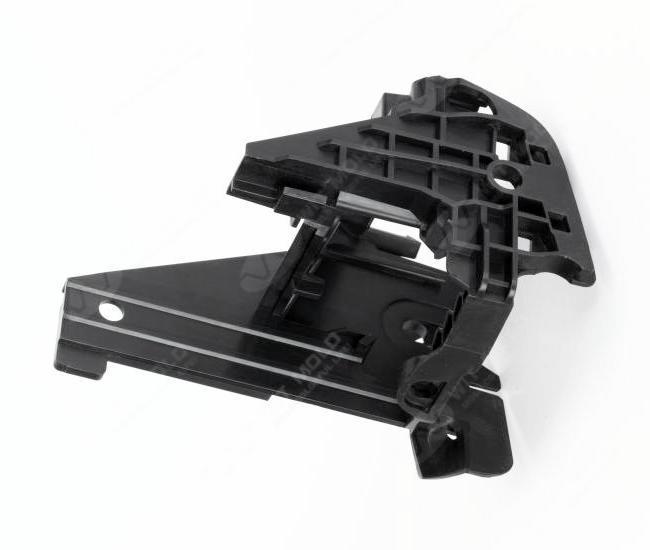A Complete Guide to Custom Plastic Injection Molds
How to Create a Custom Plastic Mold
Creating a custom plastic mold involves a detailed process to ensure the final product meets exact specifications:
Product Design – Start with a 3D model or technical drawing of the desired part.
Mold Design – Engineers design the mold based on part geometry, tolerances, and production volume.
Material Selection – Choose the right mold steel and plastic material for durability and performance.
Mold Manufacturing – CNC machining, EDM (Electrical Discharge Machining), and polishing are used to create precise mold cavities.
Trial Runs – Initial test shots identify any dimensional or quality issues.
Adjustments – Fine-tuning the mold ensures consistent quality before mass production.
Cost of Custom Plastic Injection Molds
The cost of a custom plastic injection mold depends on several factors:
Design complexity – Intricate parts with fine details require more machining time.
Number of cavities – Multi-cavity molds cost more initially but reduce per-part costs.
Tool steel quality – Hardened steel molds are more expensive but last longer.
Production volume – Large-scale runs can justify higher initial mold investment.
Special features – Inserts, texture, or hot runner systems increase the cost.
On average, small simple molds may cost a few thousand dollars, while large, complex molds can range into tens of thousands.
 Benefits of Custom Plastic Injection Molding
Benefits of Custom Plastic Injection Molding
Custom plastic injection molding offers several key advantages:
Tailored fit – Molds are designed specifically for the intended product.
Improved performance – Optimized designs ensure better strength, function, and durability.
Design flexibility – Allows for complex shapes, textures, and special features.
Consistent quality – Every part is identical, ensuring reliability in mass production.
Material optimization – Enables the use of plastics best suited to the application.
Best Materials for Plastic Injection Molding
Choosing the right plastic material is crucial for performance and cost-efficiency:
ABS – Good impact resistance and surface finish.
Polypropylene (PP) – Lightweight, flexible, and chemical resistant.
Polycarbonate (PC) – High strength and optical clarity.
Nylon (PA) – Excellent wear resistance and mechanical strength.
PBT – Great electrical insulation and dimensional stability.
Custom Plastic Mold vs. Standard Mold
While both types serve the same purpose—shaping plastic parts—there are key differences:
| Feature | Custom Plastic Mold | Standard Mold |
|---|---|---|
| Design | Built specifically for one product | Designed for generic or similar parts |
| Initial Cost | Higher due to customization | Lower as design is already available |
| Production Fit | Perfect match to product requirements | May require compromises in design |
| Flexibility | Allows for unique shapes and materials | Limited by pre-existing design |
| Lead Time | Longer due to design and manufacturing | Shorter as mold is ready to use |
Custom molds are ideal for unique or high-performance parts, while standard molds suit low-cost, lower-volume, or generic applications.



Comments
0